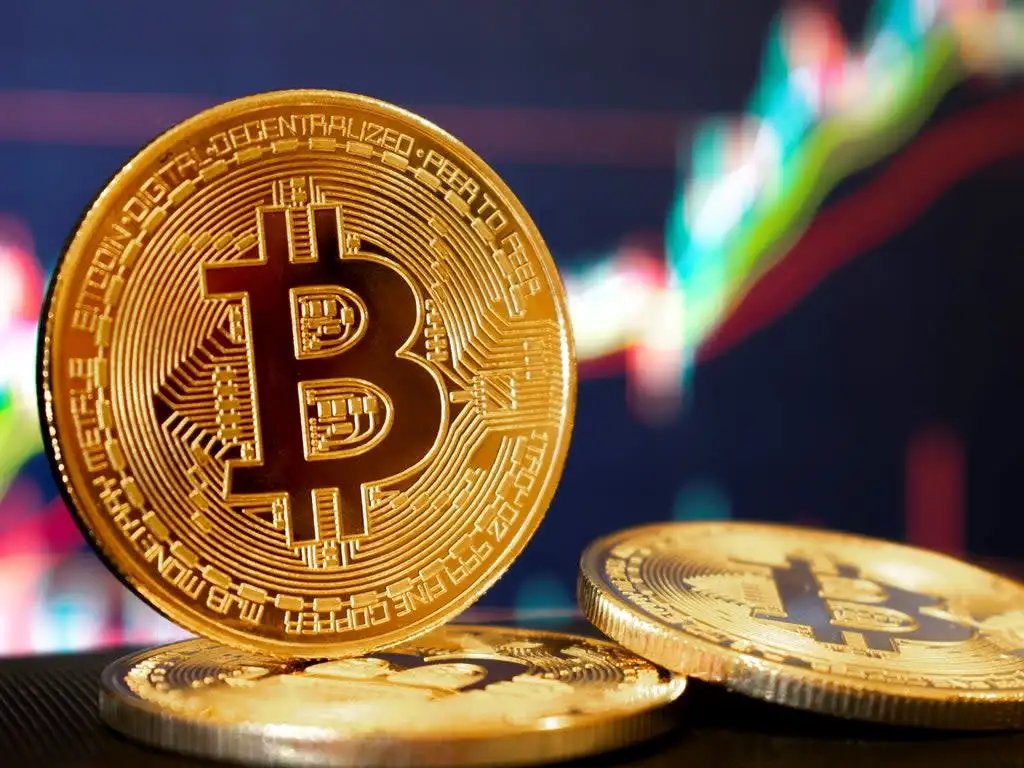Ethereum developers accelerated the plan for the long-awaited Fusaka update, now expected on December 3. The update will be preceded by several testnet launches, drawing additional attention to ETH.
Ethereum’s Fusaka update will happen on December 3, and not some time in 2026, as previously expected. The update’s main goal would be to boost L2 capacity, reaching up to 12,000 transactions per second.
The date is still tentative, and is based on the latest Ethereum developer call. In the interim, three testnet upgrades will happen in October, drawing additional attention to ETH.
The main effect of the upgrade will be increased blob capacity, which will decrease fees for L2 projects. Fusaka is the next big drop in blob fees, following the Dencun upgrade in 2024.
Following the announcement, ETH remained within its usual range, as hard forks are now considered part of Ethereum’s business as usual. ETH traded at $4,563.17, as the market took a step back.
Fusaka update to boost transaction capacity, lighten the data burden
The next significant hard fork for Ethereum will also decrease the burden of carrying data for node operators. The upgrade will introduce the Peer Data Availability Sampling, where validators will be able to verify data by sampling peer nodes, instead of downloading entire datasets.
The data solution will be especially useful for rollups, and is expected to increase capacity by up to 10X.
The upgrade will also incorporate proposals to increase transaction capacity on the L1 chain. In total, the Fusaka hard fork will introduce 12 EIPs, mostly targeting scalability.
Currently, the Fusaka upgrade is undergoing a four-week security audit, with $2M in bounties secured by the Ethereum Foundation. Previously, Cryptopolitan reported that the team initially planned the hard fork for November, before facing delays.
L2 chains keep paying minimal fees
Even now, L2 chains pay minimal fees to the Ethereum network. After the initial boost of airdrop farming, L2 chains are now a negligible source of income for ETH.
On the positive side, blobs are rarely full, as protocols adjust their verification. This also means Ethereum’s L1 gas fees remain constantly lower, allowing high DeFi activity with minimal congestion. Blobs are no longer among the most active gas burners, and peak L2 activity no longer affects Ethereum.
Currently, Base is the biggest user of blobs, paying around $6.25K in daily rent. Other networks have increased their economic activity, but still manage to keep their L1 rent minimal. With increased blob capacity, L2 chains will rarely have to resort to calldata, and will not take space in Ethereum blocks.
As of September, over 93% of transactions on the Ethereum ecosystem are happening on L2. At the same time, those chains carry 13.69% of the economic value, as most of the large-scale DeFi operations are still happening on Ethereum’s L1. The ecosystem has achieved scalability for general on-chain ability, but liquidity is still the number one driver of user adoption.
Don’t just read crypto news. Understand it. Subscribe to our newsletter. It’s free.
Source: https://www.cryptopolitan.com/ethereum-fusaka-update-december-3/


